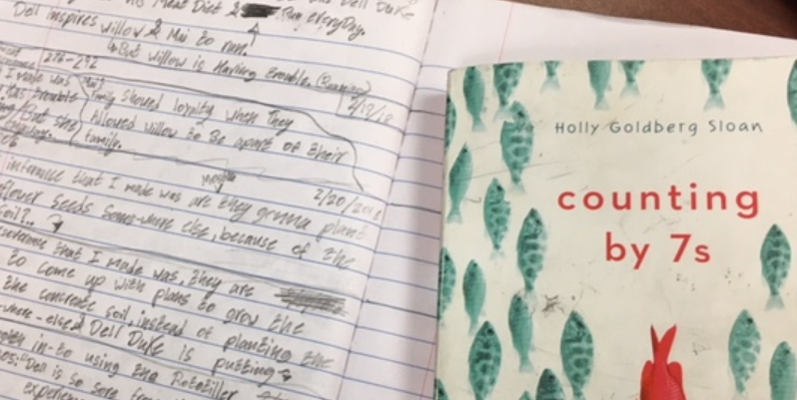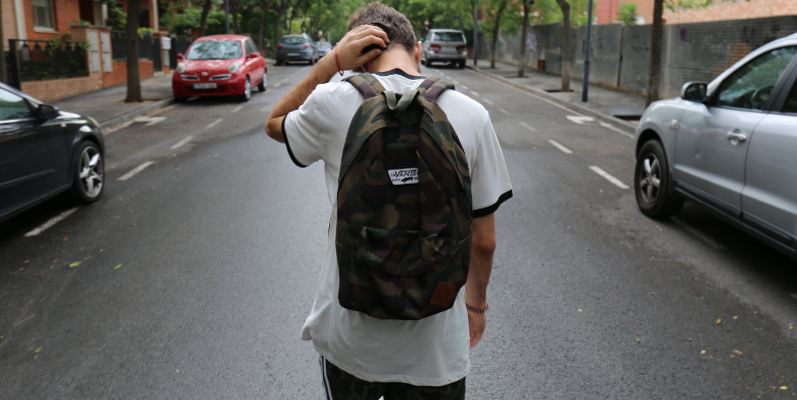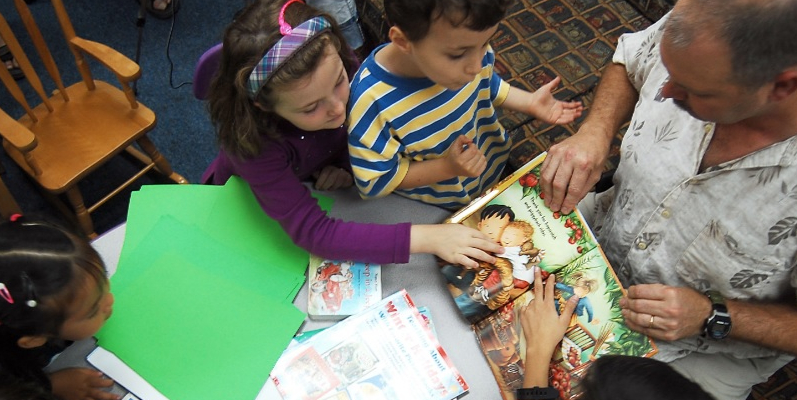Ever visit a class or see a peer teach and have a little déjà vu moment?
It happens to me a lot as an instructional coach on the PreK-6 campus where I work. It happened recently in a fifth-grade classroom during their book clubs.
The teacher, Mr. Duke, reminded students that they had several options for capturing their thinking as they read independently. The books (five different texts for the five groups) they were reading had common themes, displayed on posters at the front of the room, and they could choose to note places in the text where they saw compelling evidence of those themes. There were inference sentence starters on another wall in the room that he referred to as possible ideas for notes in their reading journals. Or, if they chose, they could question the author—why had he or she chosen particular figurative language, a change in setting, character dialogue, or particular interactions between characters?
Twenty-five students fell silent all around the room. Some were sitting at desks, some on the floor, but all were engrossed in their books, stopping occasionally to take notes or flip pages to re-read or sneak a quick look ahead.
When Mr. Duke called them back as a group, he began by sharing specific comments he’d heard the day before in their discussion groups. He related that the group reading The One and Only Ivan had a tough time finding a correlation between any of the disparate connections they were sharing, but they didn’t give up. They’d changed gears after a few minutes when someone suggested they look at a specific bit of text and then each person in the group took a moment to speak to that particular passage. He went on to say how impressed he was at their ability to problem solve and persevere.
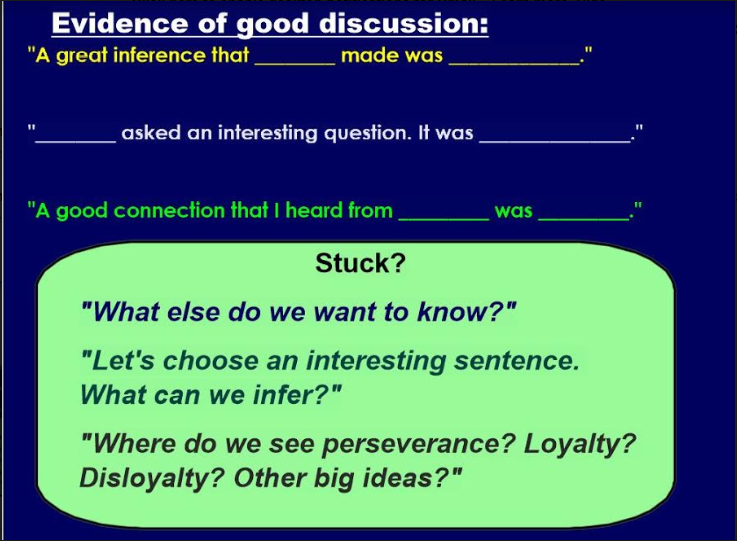
He went on to share that the group reading Out of My Mind spent their entire discussion time talking about how the other kids in the Whiz Quiz group were not amused that Melody had received so much attention after she’d been featured prominently in the newspaper and how surprised they were that Melody was not pleased about it either. The book club group wondered why Melody wasn’t relishing the attention.
The next move this master teacher took, however, precipitated my déjà vu moment. Mr. Duke took post-its from a chart entitled Evidence of Good Discussion and read several aloud to the whole class. Each day during their discussion, students are to jot down notable quotes by their book club members. The post-its are to include the quote and must also have two student’s names, the note-taker and the one sharing the quote.
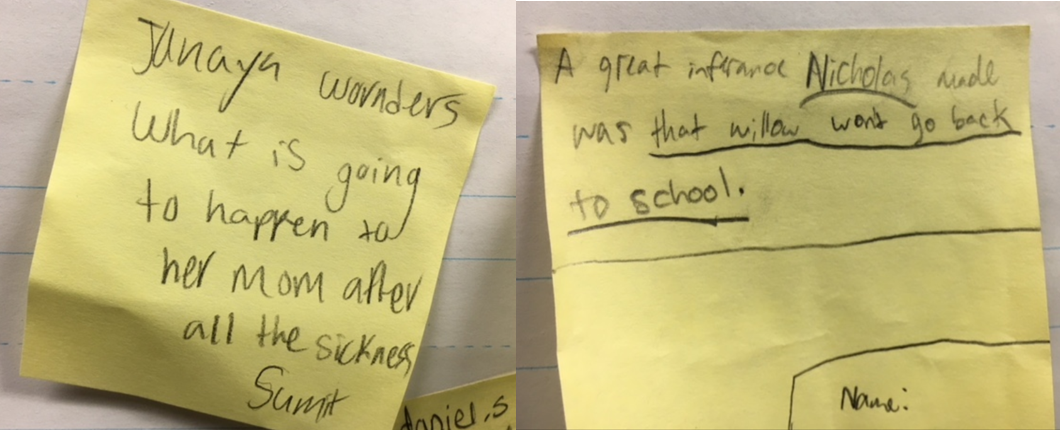
It was an awe-inspiring moment to watch the kids respond when they heard their post-it or their direct quote shared. Several of the student discussion samples were from students receiving academic support services. One of the students who was singled out as sharing an exemplary quote has been working with our behavior team in the past weeks.
A short piece I’d read by Harvey Daniels years earlier came back to me in those few short moments.
Literature Circles were promoted (by me as much as anyone) as a kind of if-you-build-it-they-will-come proposition. If you trained the groups properly, kids would do the reading, write brilliant notes, and join in vigorous, cerebral interactions about challenging books while the teacher beamed in the background. We now realize that peer-led reading groups need much more than a good launching; they require constant coaching and training by a very active teacher who uses minilessons and debriefings to help kids hone skills like active listening, asking follow-up questions, disagreeing agreeably, dealing with “slackers,” and more.
(Harvey Daniels Voices from the Middle, 2006)
*Flashback to the first few weeks I spent in Mr. Duke’s classroom in the fall*
I left his room on that September afternoon and wondered how in the world he would get his motley crew where they needed to be by the end of the year. It was a tough crowd. I counted a half-dozen students receiving special education services, several kids I knew were getting special interventions for behavior support and a handful of students who were English Language Learners. I’ll admit I was more than a little pessimistic.
But on this day last week, I was amazed at how far they’d come. After Mr. Duke read the exemplar discussion post-its, called their attention to additional ideas he posted on the SmartBoard that day in case their group got stuck, I sat in for a few minutes in each group.
Natalee shared that she was worried that if Mark made it to the mountain, he might not really make it (they are reading The Honest Truth). Fahad said he was confused by her remark. “Think about it,” Natalee said. “He may make his goal of climbing the mountain, but he might not make it back down since he’s so sick.” The group agreed that was a powerful idea and someone quickly wrote it down.
Another group wondered why Melody’s parents dress her differently than her little sister Penny (Out of My Mind). “Do they love her differently?” “Maybe they dress her differently because she’s disabled and it’s easier to always put her in sweat pants.”
The other groups reading The One and Only Ivan, Esperanza Rising and Counting By Sevens had equally compelling conversations. I couldn’t believe it was the same group of kids I’d seen back in September.
Hattie talks about the power of feedback. Mr. Duke is the poster child for effective feedback.
Mr. Duke had previously mentioned his concerns that kids weren’t engaging in the quality of discussions he was hoping for. Neither were the students working as hard as he hoped to really listen to other kids in their book club groups. Like all exceptional teachers, though, he’d taken the time to reflect and work out how he could engineer the environment in his classroom to bring about change.
Want to change your classroom minuses into plusses? Tenaciously look for the assets your kids exhibit and then showcase those in front of the class. Go a step further and display written evidence of the reader dispositions you value and expect from your students.
And, like me, sit back and watch the magic.

